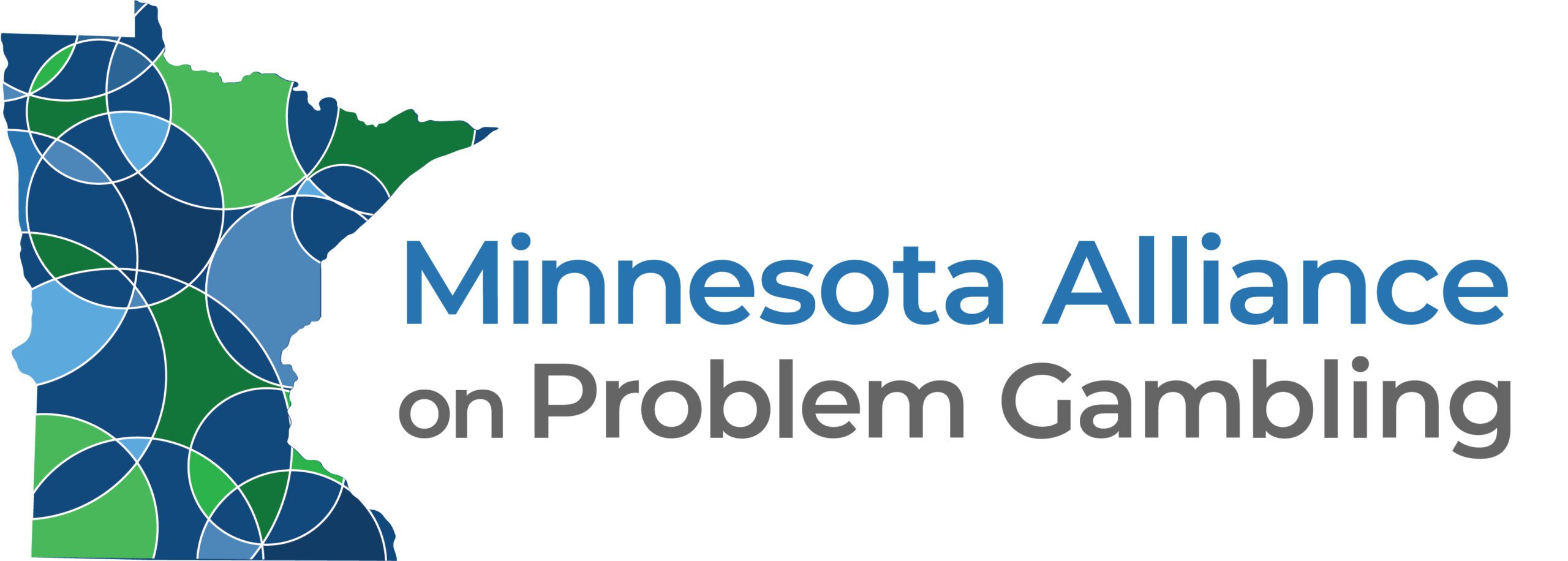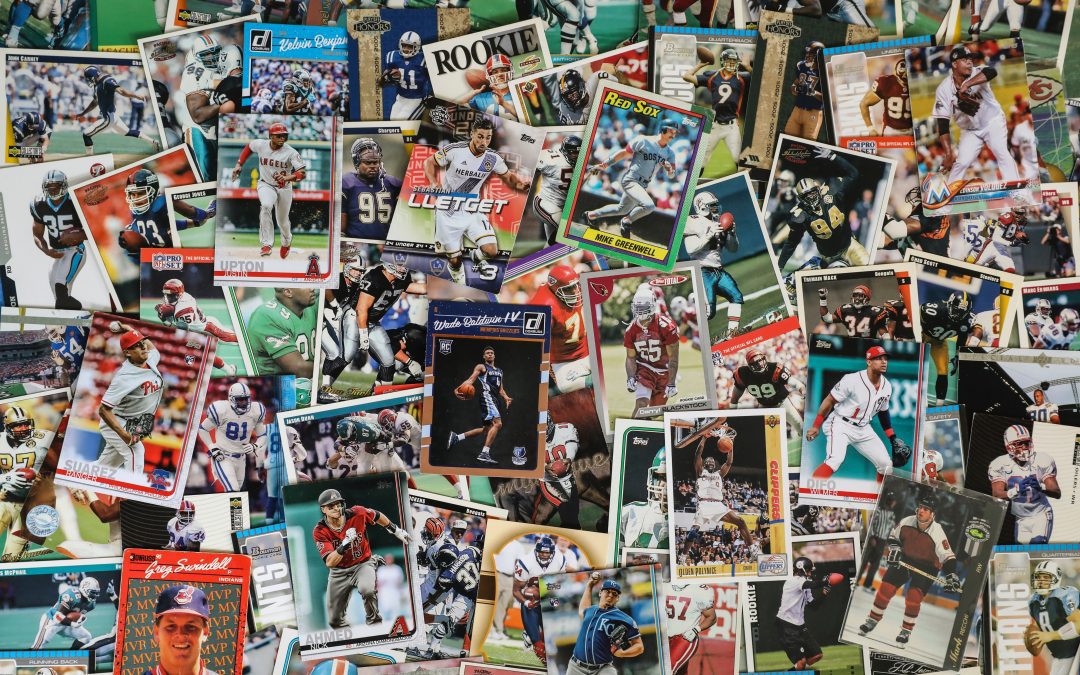The WAGER, Vol. 26(7) – Is spending on trading cards related to problem gambling?
Read the original article from The Wager Here.
Written by: Taylor Lee
Various in-person and online games allow players to purchase randomized packs of rewards, such as collectible card packs and virtual items. Some places are imposing regulations on video games offering loot boxes—purchasable virtual containers with randomized items—as they seem to fit traditional definitions of gambling. Indeed, people who report more problem gambling symptoms tend to spend more on loot boxes. Due to some similarities with loot boxes, collectible card game ‘booster packs’ have come under scrutiny as well. Collectible card games (CCGs) allow for the purchasing of physical booster packs containing cards that are sealed and random in game value. This week, The WAGER reviews a study by David Zendle and colleagues that examined the association between problem gambling symptoms and the amount of money spent on physical booster packs of trading cards.
What was the research question?
What is the relationship between the severity of problem gambling symptoms and the quantity of money spent on collectible card game booster packs in real-world and digital stores?
What did the researchers do?
The researchers used a cross-sectional survey advertised on the online message board Reddit, and obtained 726 usable responses from participants 18 and older. About 60% of respondents were from the U.S., but many different countries were represented. The survey asked participants about CCG physical booster pack spending in (1) real-world stores and (2) digital stores within the past month. It also assessed problem gambling using the Problem Gambling Severity Index (PGSI). The researchers used PGSI scores to classify respondents as non-problem gamblers (n = 429), low-risk gamblers (n = 244), moderate-risk gamblers (n = 35), and people experiencing gambling problems (n = 18). They then used Kruskal–Wallis tests to examine if respondents in different PGSI groups differed in terms of how much money they spent on physical booster packs in real-world stores and digital stores.1
What did they find?
Zendle and colleagues did not find evidence for an association between problem gambling and quantity spent on booster packs in real-world stores (see Figure). Even though there was a statistically significant relationship for problem gambling and the quantity of money spent on booster packs in digital stores, the effect was too small to be considered clinically significant. There was also no significant difference in quantity spent on booster packs between people with and without gambling problems.
Figure. Problem gambling severity and spending (in US dollars) on booster packs in real-world stores among survey respondents (total n = 726). Although the authors performed their statistical tests on mean ranks, we provide medians to illustrate the trends across PGSI categories. The interquartile range (IQR) around each median was $39 for people without gambling problems (n = 429), $50 for low-risk gamblers (n = 244), $69 for moderate-risk gamblers (n = 35), and $119 for people experiencing gambling problems (n = 18). Click image to enlarge.
Why do these findings matter?
This study suggests that while booster packs in collectible card games may appear similar to gambling in some ways, users do not seem to engage with them in ways comparable to traditional gambling activities. Thus, regulations—like those developed for loot boxes—might not be necessary for booster packs. This suggests that there is likely a difference in the ways that players interact with physical booster packs and digital loot boxes. Ultimately, the findings were cross-sectional, so the researchers could not establish causality; additional longitudinal and/or experimental research would help better illuminate the specific factor that accounts for the difference in loot box and booster packs’ relationship with problem gambling symptoms.
Every study has limitations. What are the limitations of this study?
Participants were recruited from Reddit’s online message boards targeting fervent players of collectible card games. An over-representation of enthusiastic players in the study’s sample may lead to findings that are not representative of more casual players. Social desirability bias through self-reporting may also contribute to participants misrepresenting their true spending or gambling behaviors. The most severe PGSI category had only 18 people in it, which likely limited the chances that the authors would statistically detect a difference among groups.
For more information:
Do you think you or someone you know has a gambling problem? Visit the National Council on Problem Gambling for screening tools and resources. For additional resources, including gambling and self-help tools, please visit The BASIS Addiction Resources page.
— Taylor Lee
______________
[1] The authors used rank transformations and Kruskal–Wallis tests to replicate past research in this area, and because they could not be sure if their spending data would meet the normality distribution assumptions of ANOVA.

